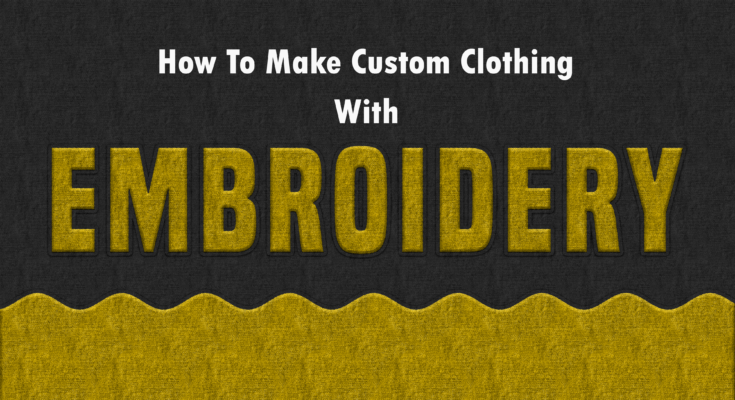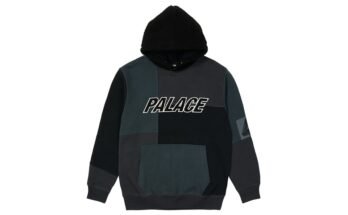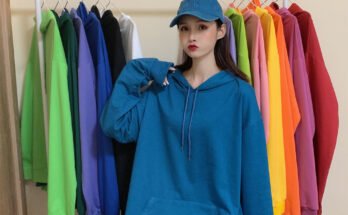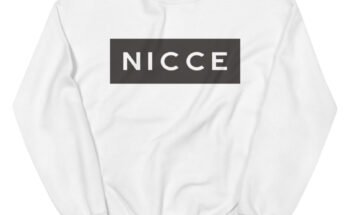When it comes to decorating clothing, embroidery is simply the absolute alpha against the “betas” and “gammas” like screen printing or digital prints. One of the oldest and most established art forms, embroidery has fascinated humans for millennia with its ability to create stunning designs and patterns on apparel. Today still, custom embroidery remains a premium technique preferred by individuals and businesses alike for decorative, marketing, promotional purposes, and fashion. From polos to tees or T-Shirts, luggage, caps, jackets, and much more, it’s almost everywhere you see.
But how to make custom clothing with embroidery?
Well, the process of creating custom clothing with embroidery has simplified (think relative) with all the machines and digitizing agencies working as enablers. Still, it’s a highly technical, specialized, and intricate process. From artwork preparation to logo digitizing to selection of fabric, thread, and other technical details and machine embroidery, there’s a lot that goes into creating custom clothing with embroidery.
Below, we will look at all the elements and processes involved in creating custom clothing with embroidery. So, keep up with us and explore the intricacies of the embroidery process.
The Elements
Well, before you get into any of the fun stuff of the embroidery process, it’s essential to understand the various elements involved in the process and how each of these is interlinked to create the perfect embroidery designs.
First of all, it’s important to remember that not all designs can be embroidered on all types of fabrics. Each fabric has its unique inherent qualities and limitations. Thereby, it’s important to choose the right design for the suitable fabric to achieve the best results. For instance, a logo digitizing file with high stitch density may not be suited for a lightweight fabric like silk. That’s because the stretchability of the silk fabric will make it hard for embroiders to create the best designs.
So, the first step in creating custom clothing from embroidery is to understand the design and fabric requirements and choose the best match to deliver the best results. Whether you are using 100% pure fabric (cotton, polyester, etc.) or a mix-fabric (polyester-cotton or polo knit, etc.), the inherent character of the fabric will ultimately influence the outcome of the embroidery. So, make sure you know your stuff before proceeding to the embroidery.
Once you are done with the fabric selection, you shall consider the purpose of embroidery on clothing. For instance, when you receive a logo digitizing file, look out for the purpose behind the embroidery. Whether it’s for business employees or sports teams. That’s because the purpose of embroidery will influence the processes used for embroidery. Like, a logo digitizing file may be used for 3D puff embroidery, which is an entirely different process than getting a logo embroidered on t-shirts or jerseys.
Similarly, another vital element to consider when creating custom clothing with embroidery is the stitch type and stitch density. Remember, stitches play a crucial role in influencing the embroidery outcome on clothing. Each and every stitch in a logo digitizing file is meant to work in harmony with other stitches and create a distinct design look. Satin stitch is by far the most widely used stitch type that is globally preferred to create design outlines and lettering. Alternatively, to add small details in embroidery design, the walking stitch is widely used, whereas the fill stitch is the right category of stitch to use for filling large design areas.
Lastly, we have thread, another key embroidery element to consider when creating custom clothing with embroidery. Rayon and polyester are two highly versatile and widely used thread types in the embroidery industry. As versatile threads, these can be used with most types of fabrics to create stunning embroidery designs. Looking into more details, rayon is a smooth and shiny thread, which is preferably used with delicate/fine and lightweight fabric. Also, rayon thread is preferred when working with logo digitizing files for corporate garments, golf polos, and others. On the other hand, polyester doesn’t have the sheen of rayon; however, what it lacks in luster, it more than compensates for durability and ability to withstand all sorts of wear-tear, including bleaching, hot water, and detergents. For this reason, polyester is the preferred thread when creating custom clothing with embroidery for industrial occupations or sports uniforms.
The Process
Now that we are done introducing critical elements involved in creating custom clothing with embroidery, let’s briefly overview the processes involved in creating magnificent embroidery designs on clothing.
Review Artwork
The first step for any embroidery process is to review the artwork delivered for embroidery. It’s important to check out even the fine details of the design, including small lettering or any intricate detail that can create problems during the embroidery process.
Digitizing
You must have heard a great deal about logo digitizing or embroidery digitizing, right? Well, it’s the process that involves transforming the artwork into embroidery machine-readable files. Ok, this isn’t a linear process, honestly. In fact, it’s in the digitizing process that even the finest details about the fabric, type of thread, stitch type, stitch density, and other crucial details are integrated into the file. For instance, a logo digitizing file will have all the essential instructions required by the embroidery machine (even the pattern of embroidery) to ensure fast, precise, and impeccable embroidery results.
Sew Out
Next, it’s time to create a sample work that reaffirms the preciseness of all the elements and selections for the embroidery designs. Any missing/error found in this step can be adjusted before sending it out for mass production.
Hooping & Clamping
Hooping and clamping are required to stabilize the garment and ensure uniformity of design.
Run The Lines
Once everything is in place, it’s time to run the embroidery machine and start creating custom clothing with embroidery.
Once you get the final clothing, check out the design’s preciseness and uniformity. If you are working with an intricate and heavy design, ensure the stitch density and pattern are adequate to compensate for the heavy design.




